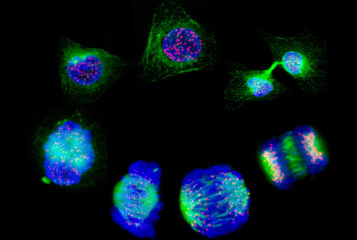Ancient viral DNA plays role in early embryo development
Viral genetic material, integrated into our DNA millions of years ago, has an essential role in a key early stage in embryo development...
A tiny infectious particle that can invade a cell.

Viral genetic material, integrated into our DNA millions of years ago, has an essential role in a key early stage in embryo development...

by Ochuko Oyeye
A two-year pilot trialling genomic technology that enables rapid detection of infectious diseases has received funding from NHS England and the Department for Science, Innovation and Technology...

by Yan Lau
A genome-edited pig liver effectively filtered blood in a brain-dead man for three days, showcasing a potential temporary solution for acute liver failure...

by Yan Lau
A gene therapy trial in China has restored hearing in children born with a rare genetic form of deafness...


A US man has received the second-ever transplant of a pig heart...


by Emma Green
Approximately one in five people carry a protective gene variant that lowers the risk of Alzheimer's disease and Parkinson's disease by ten percent...

by Jake Knox
A blood test that can discriminate between multiple infectious or inflammatory diseases could improve diagnosis and treatment for ill children...

Two separate research groups reported the successful transplantation of a pig kidney into a human, after it had been genetically modified to prevent the body from rejecting it...
BioNews, published by the Progress Educational Trust (PET), provides news and comment on genetics, assisted conception, embryo/stem cell research and related areas.

